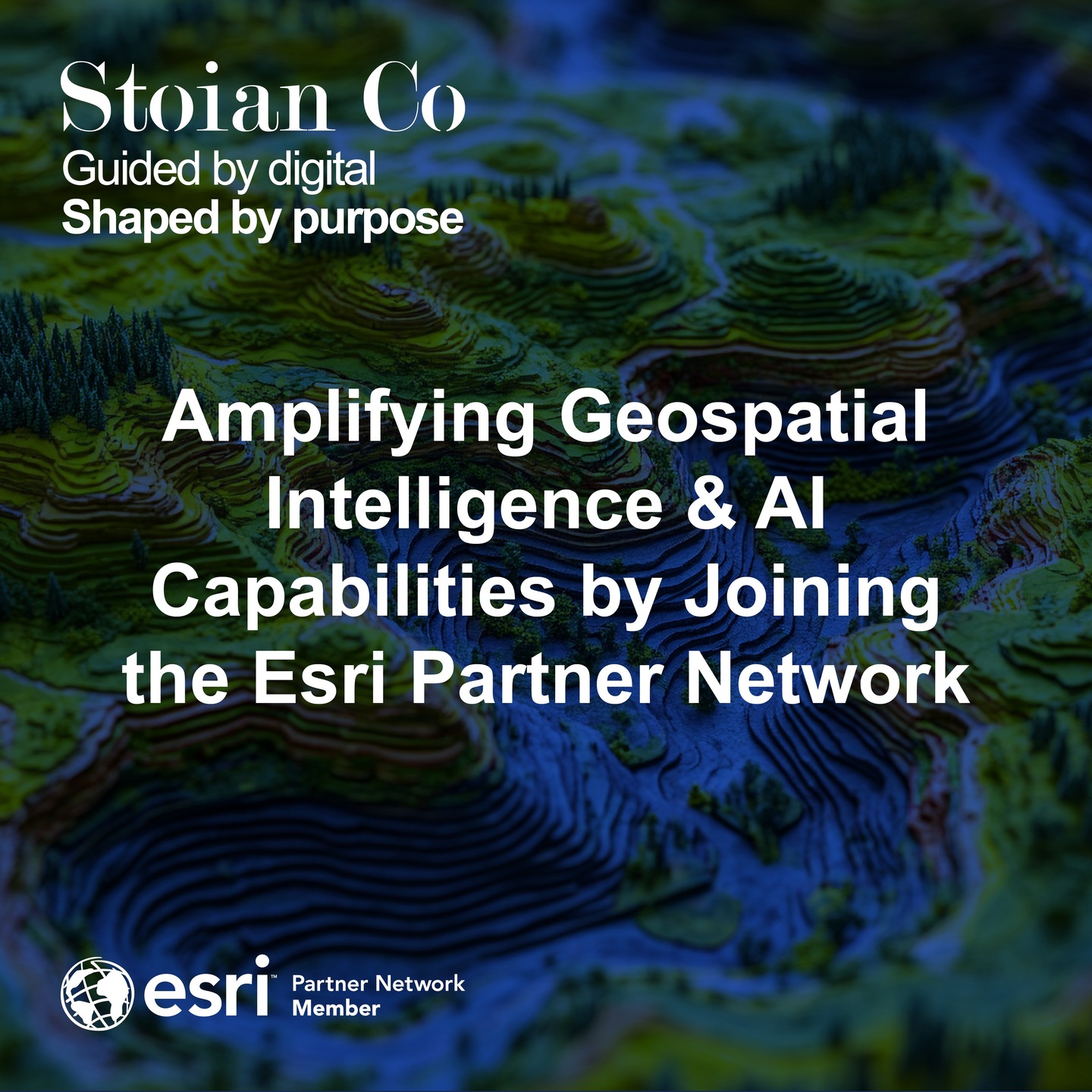
Following up on my last post, it’s time to take a deeper look at the insights from the European Urban Initiative Forum. The central theme was clear: as our cities expand into complex metropolitan regions and functional urban areas, our traditional governance models are no longer sufficient. The future demands collaboration, integration, and above all, a solid foundation of data.
This post explores the innovative governance frameworks presented and exposes the single greatest challenge that threatens to undermine their success.
Frameworks for Collaboration: ITI and CLLD
Two powerful models for regional cooperation were consistently highlighted: Integrated Territorial Investments (ITI) and Community-Led Local Development (CLLD).
The ITI model is designed for large-scale, strategic projects that cross administrative boundaries. A prime example is the
Warsaw Metropolitan Area, where the ITI framework successfully scaled cooperation from 40 to 79 municipalities. This allowed them to tackle integrated challenges like sustainable mobility, funding the construction of 500 km of bicycle paths and 60 Park & Ride systems.
On the other hand, the CLLD model, exemplified by Romania’s Local Action Groups (GALs), champions a “bottom-up” approach. Instead of top-down policy, these initiatives are driven by consortiums of citizens, NGOs, and local companies that invite public authorities to join them. A remarkable outcome of this model in Romania was the creation of the country’s largest medical screening database for vulnerable populations, turning a community initiative into a powerful resource for public health policy.
The Universal Bottleneck: A Crisis of Data
While these governance frameworks are impressive on paper, the conference discussions revealed a universal bottleneck hindering their real-world implementation: a crisis of data.
Across the board, representatives from metropolitan areas pointed to the same critical issue. Data collected at the local level is often fragmented, non-standardized, and difficult to aggregate for a regional view. One speaker noted bluntly, “there is no coherent data, the data is not identical”. Relying on national statistics is often insufficient for the granular, hyper-local planning that modern urban challenges demand.
This data chaos leads directly to slow decision-making, bureaucratic complexity, and difficulties in securing and deploying funds efficiently. It is the digital equivalent of trying to build a skyscraper on a foundation of sand.
The Path Forward: From Data Chaos to Strategic Clarity
Effective metropolitan governance is not just a political or administrative challenge; it is a data engineering and spatial intelligence challenge. The path forward requires moving beyond scattered spreadsheets and disconnected databases to a unified, strategic approach.
This is where a Metropolitan Data Infrastructure or a “Functional Area Intelligence Platform” becomes essential. Such a system is not merely a database; it is an integrated environment designed to:
- Integrate and Standardize Data: Unify information from diverse sources like cadastre, demographics, and infrastructure into a coherent, analysis-ready format.
- Enable Advanced Spatial Analysis: Provide the tools needed to model traffic, analyze socioeconomic impact, and justify major investments with quantitative evidence.
- Deliver Interactive Dashboards: Offer clear, intuitive visualizations for stakeholders and the public to promote transparency, monitor project progress, and report on key performance indicators.
- Support Policy Simulation: Ultimately, these platforms can evolve into Digital Twins that allow leaders to simulate the impact of different policies before they are implemented, transforming governance from reactive to proactive.
In conclusion, while the ambition for collaborative governance is high, its success hinges entirely on building a robust data foundation. This is the critical groundwork that enables truly smart and sustainable development. At Stoian Co., we specialize in designing and building these data foundations.
If your organization is facing the challenge of data fragmentation, let’s connect.








